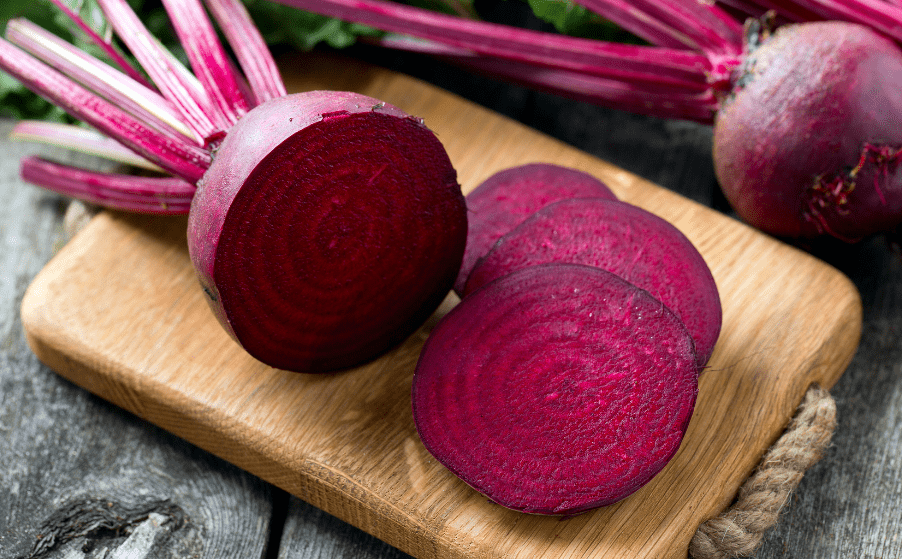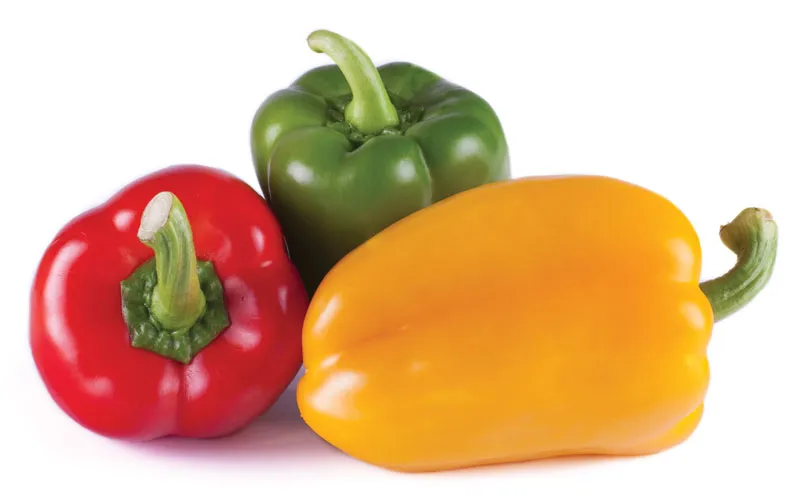
Description
The maize plant is a tall, upright annual grass with strong stems. Large, narrow leaves with wavy margins alternately cover the opposing sides of the stem. Staminate (male) flowers are produced on the tassel that completes the stem’s main axis. The pistillate (female) inflorescences are spikes with enlarged axes that carry paired spikelets in longitudinal rows; each row of paired spikelets typically yields two rows of grain. These spikes mature to create the edible ears.
Varieties
The following are some of the most popular cultivars for growing sweet corn:
“Early Sunglow” is a wonderful choice for regions with brief growing seasons.
Another early producer with pale white kernels, “Silver Queen” is also very disease-resistant.
The heritage variety known as “Golden Bantam” is frequently referred to as the original sweet corn.
“Tuxedo”: This kind has “supersweet” ears that are particularly lengthy.

Uses
Corn on the cob can be steamed, boiled, roasted or grilled. For roasting and grilling, leave the husk on. Put corn in the microwave for 2 minutes per ear for a quicker cooking method. This vegetable also adds a robust flavor to stews, casseroles and soups.
Nutrition
The following nutrients are contained in one serving of sweet corn:
Energy: 90
3 g protein
Fat: 1 g
19 g of carbs
Fiber: 2 g
6 g sugars
Contains 7 mg of vitamin C.
Cultivation
Warm, sunny conditions (75-86° F), evenly spaced, intermittent mild rains, or irrigation, as well as 130 or more days without frost, are ideal for maize growth.
Table





